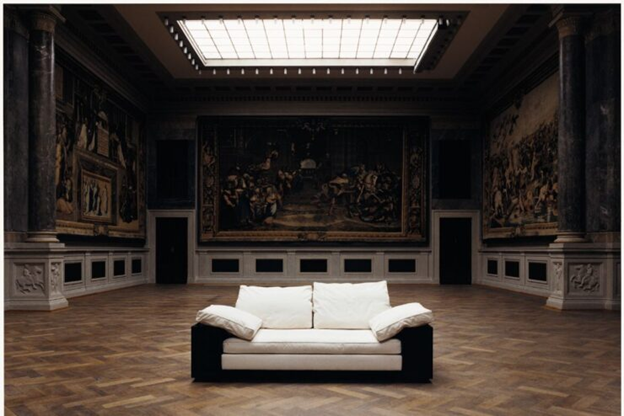Share This Article
Coming through all the way, I didn’t realise that I was missing something until it wasn’t there. During my initial years at architectural school, my notes were filled with the names of those who had influenced me over time, such as Le Corbusier, Frank Lloyd Wright, Louis Kahn, and Walter Gropius. These icons were discussed further, as we regarded them as pioneers.
In those notes of mine, there was something off that wasn’t feeling right. As a woman, it took me a while to ask the obvious: where were the women architects? Were there none worth mentioning? Or had they simply been erased?
The Silent Contributors
When I was a student, I didn’t reflect on myself in the ideal curriculum. There was no trace of Marion Mahony Griffin, one of the world’s first licensed female architects and the brilliant mind behind many of Frank Lloyd Wright’s drawings. Another woman who was not talked about, Julia Morgan, designed over 700 buildings and was the first to receive the American Institute of Architects’ Gold Medal. These women carved their spaces in a men-centric society, yet their contribution was footnoted, if mentioned at all.
I stumbled upon Eileen Gray’s work by accident, and I was instantly captivated. I was struck by the forms and precision in her furniture and architectural designs. Then again, she was left out of the so-called canon, being a visionary who challenged the forms of modernism. This was a pattern.

Learning about these women was both empowering and frustrating. Empowering because I found reflections of my ambitions. Frustrating because they were still footnotes in the canon.
From Zaha to Anupama: Breaking Through
Then I saw Zaha Hadid’s rise to global prominence, who is celebrated as a woman star architect, but the journey was far from smooth. Her early years were skeptical, critics even dismissed her ideas as unbuildable. Then she was the first woman to win the Pritzker Prize in 2004; it was a milestone and a reminder of how long it took to be there.
I believe that in architecture, authorship is everything. Women have historically been rendered invisible in project credits, overshadowed by male colleagues or clients. Denise Scott Brown, excluded from the Pritzker Prize and awarded to her husband and collaborator, Robert Venturi. This is not just about individual recognition; it is about how we understand the collaborative, messy, and multi-authored nature of design itself.
Back home, India, I noticed a similar pattern and had experienced such situations as well. Laurie Baker, the Gandhian architect known for his cost-effective designs, is a household name in sustainable architecture practice. His wife, Elizabeth Baker, was a trained doctor who influenced the people-centric approach and sketched alongside him and was uncredited. Anupama Kundoo emerged as a force in her own right, blending material innovation and social equity. Her work is rooted in context and care, which can be transformative.

Now, being in Australia, I see these erasures in real time. Historically and today, also everywhere in city plans, council meetings, and in practice, women’s voices are not heard equally. There is progress, but we are not yet at a place where gender is irrelevant. We as women are still fighting to be visible, to be heard, to be credited.
Also Read – Remote Work: A New Frontier for Architects’ Creativity
What Needs to Change
The role of women in architectural history is not just about honouring the past; it is about reshaping the lens through which we are building the future. Architectural schools should include women in their curriculum and restructure to critique texts and elevate voices that were overshadowed. Representation for fairness, not for fame. Diversifying the voices can expand the possibilities of design in the future. We are open to some practices that are more empathetic, inclusive, and context-aware.
To the graduates, students, and practitioners still finding their voice, seek out the stories that are not handed to you. Challenge the idea that a genius only wears a suit and speaks a certain accent. The role of women in architectural history is not a side thing; it is the framework that has been ignored for years. Now is the time that we unsee the truth and write it into a blueprint and build a profession that honours all the makers.
